Focus Area
Estuaries
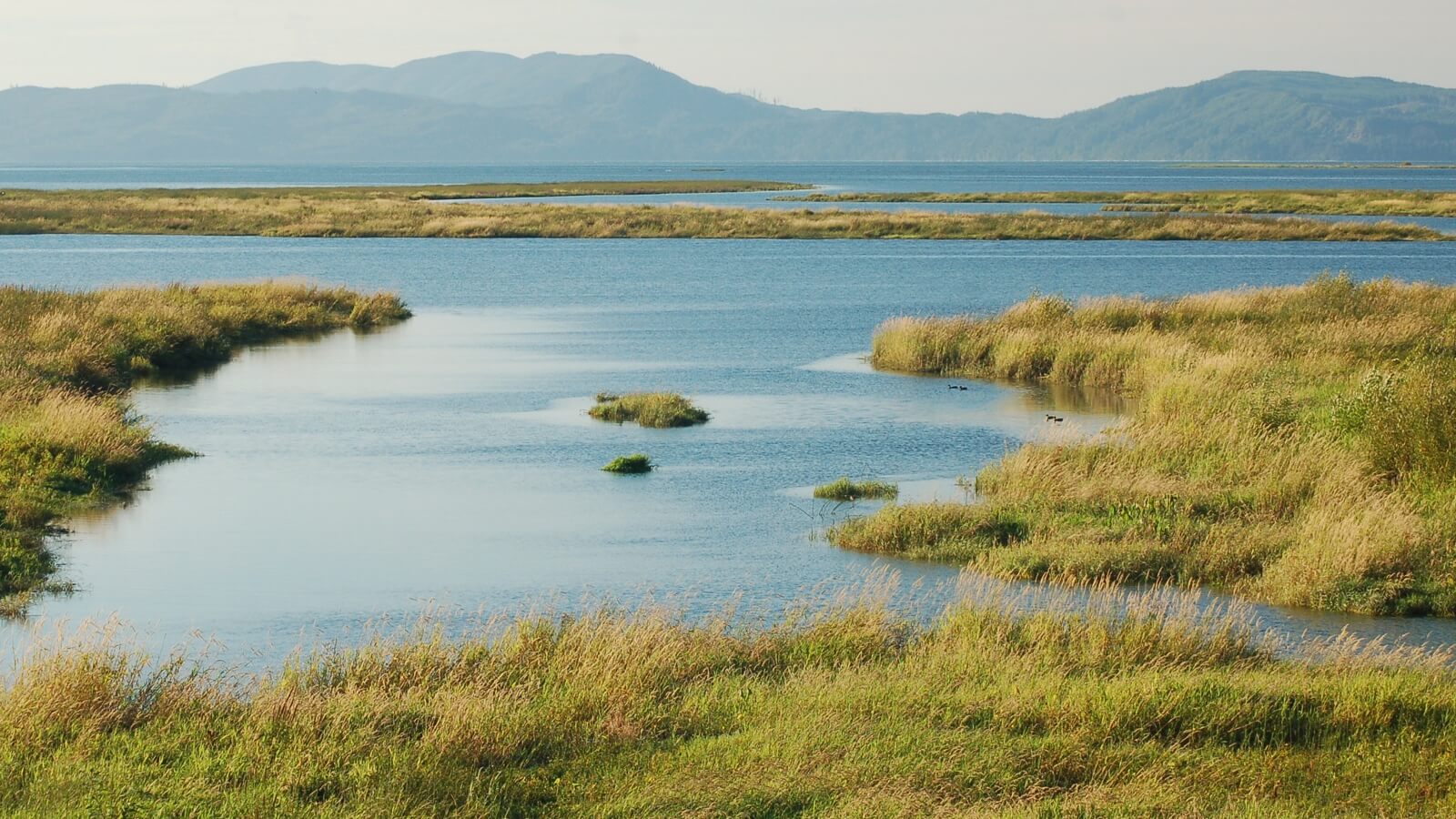
Overview: Estuaries
Estuaries are the area where freshwater meets saltwater. They provide important ecosystem services and critical habitat to many species. The main estuary of the PWR LIO is the Puyallup River Estuary at Commencement Bay. Historically, these areas were important habitat for salmon and were a source of food, materials, and transportation for the Puyallup Tribe.
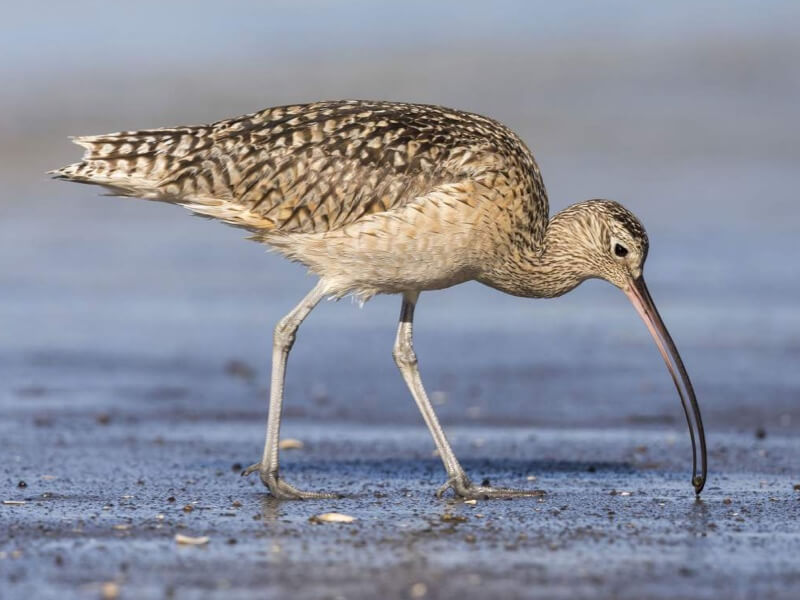
Key Pressures and Risks
An 1884 inventory of tidal wetlands estimated that there were over 2,600 acres of tidal marsh, tide channels, and salt ponds in the estuary. The estuary has been significantly filled and altered since European settlement, resulting in significant loss of intact nearshore habitat, tidal wetlands and channels, and salt marsh.
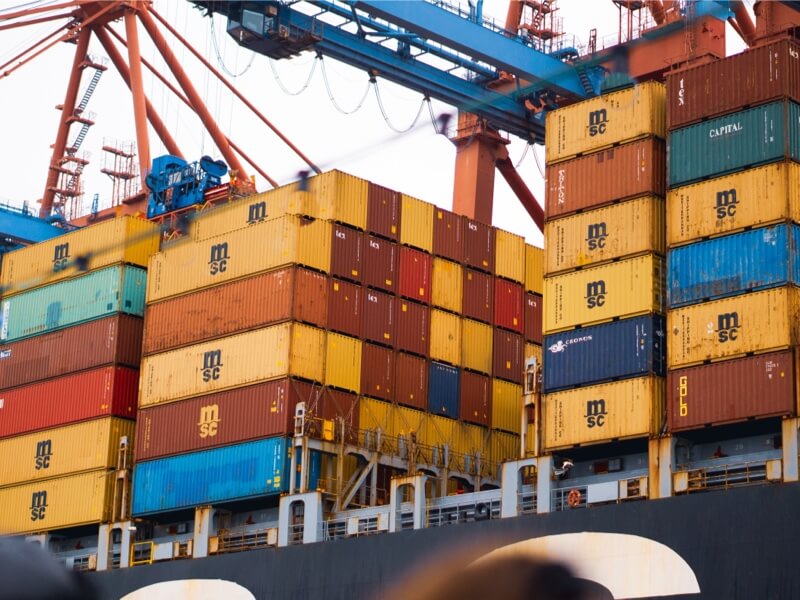
Development
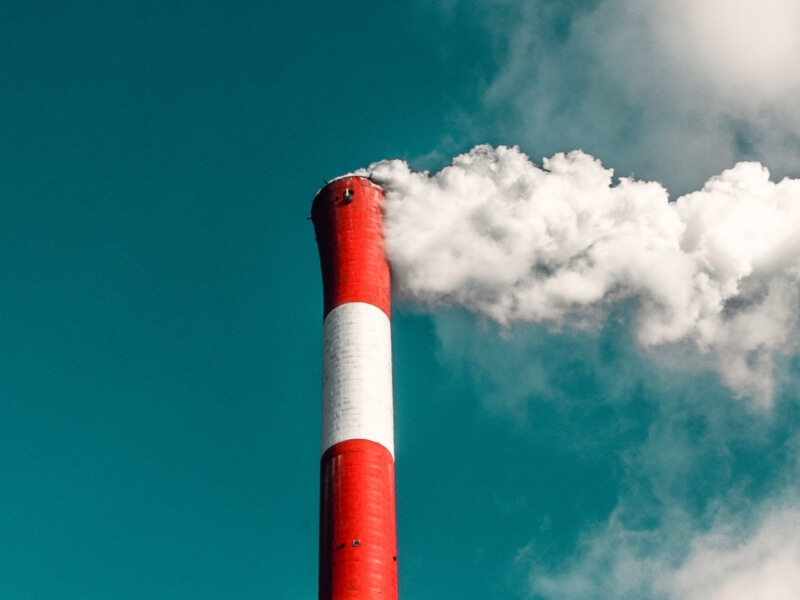
Pollutions
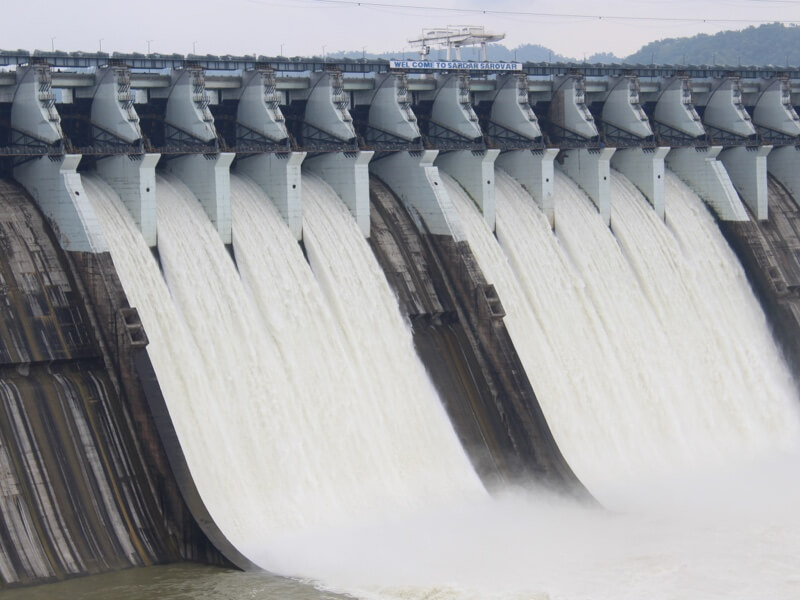
Infrastructure
Estuaries Goal
The overall goal for estuaries is to support the restoration of estuarine and shoreline habitat to enhance functional and sustainable ecosystems.
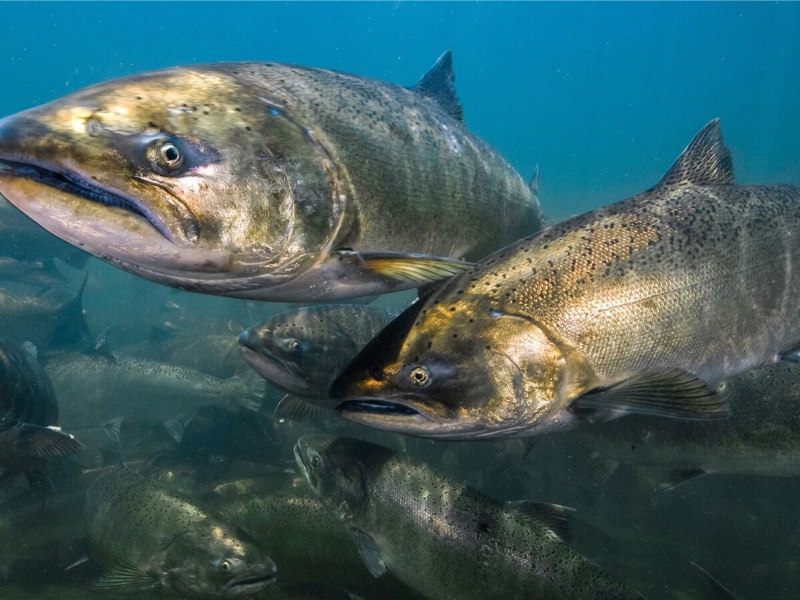
Salmon Habitat Protection and Restoration Strategy
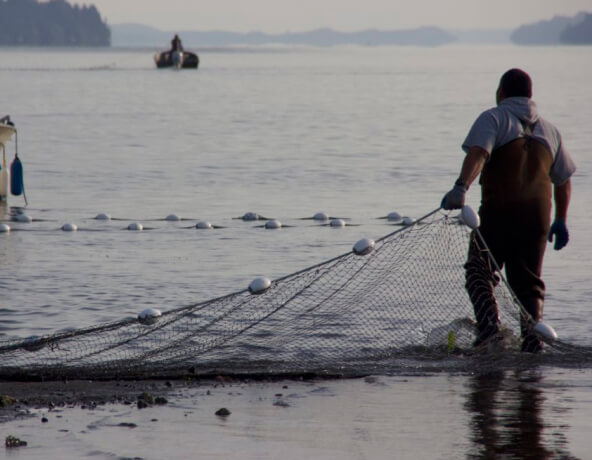
Tribal Habitat Strategy
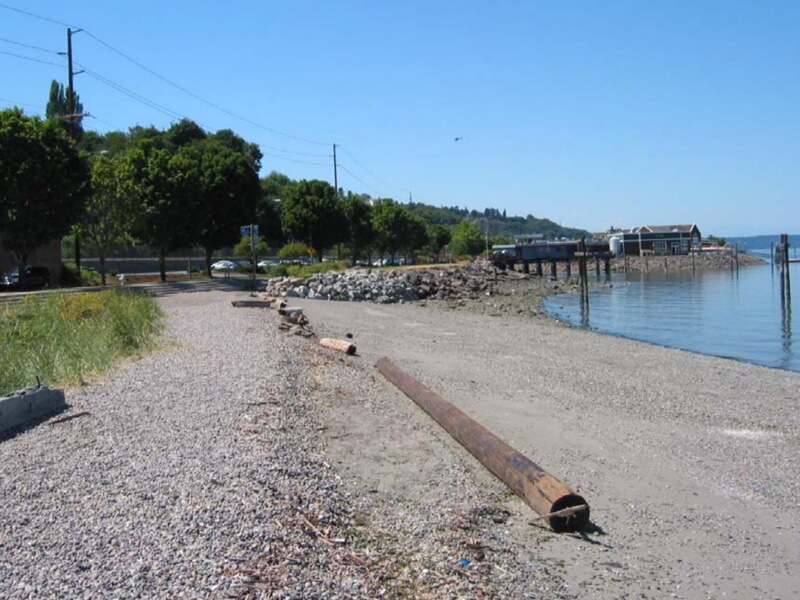
City of Tacoma Shoreline Restoration Plan
Estuary Success in the Watershed
Several estuary restoration and cleanup projects have been completed in recent years, contributing to progress toward estuary goals.
Hylebos Creek Estuarine Restoration Site
Clear Creek Mitigation Sites
Thea Foss Waterway Cleanup
Priority Actions for the Estuary
The PWR LIO will prioritize support for estuary projects identified for funding by the WRIA 10 Lead Entity, the Port of Tacoma Habitat Restoration Plan, and the City of Tacoma Shoreline Restoration Plan. Projects are focused on: